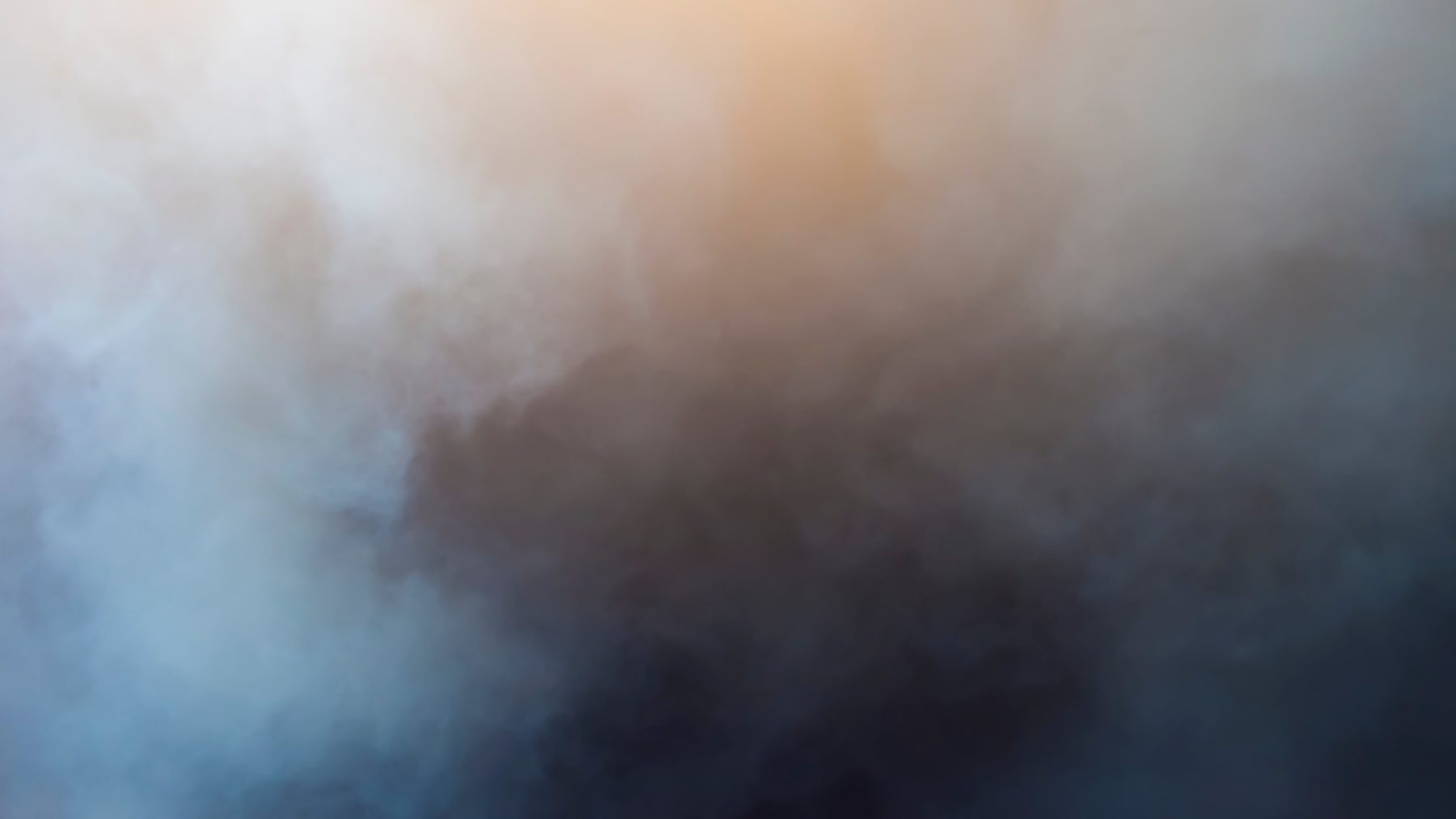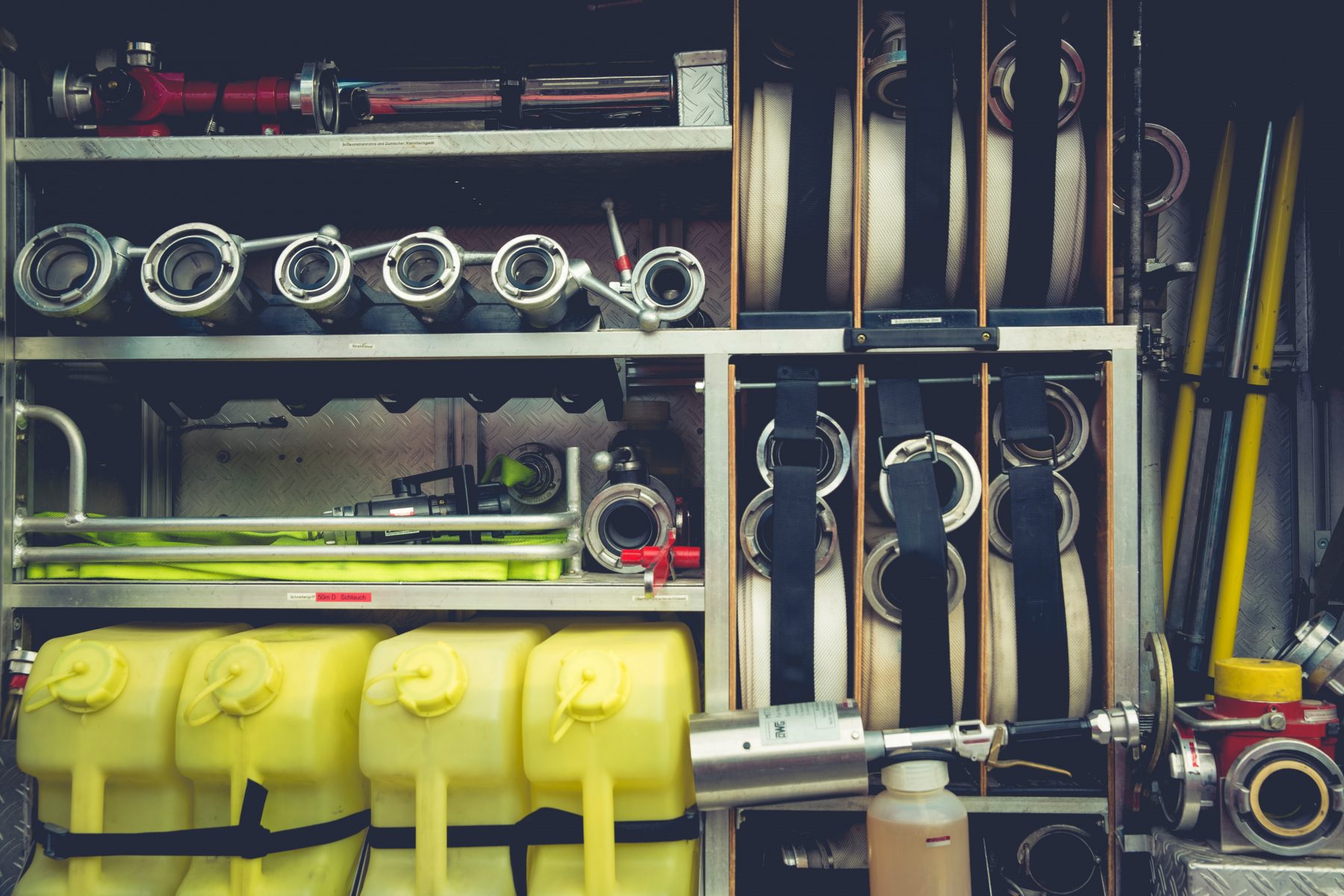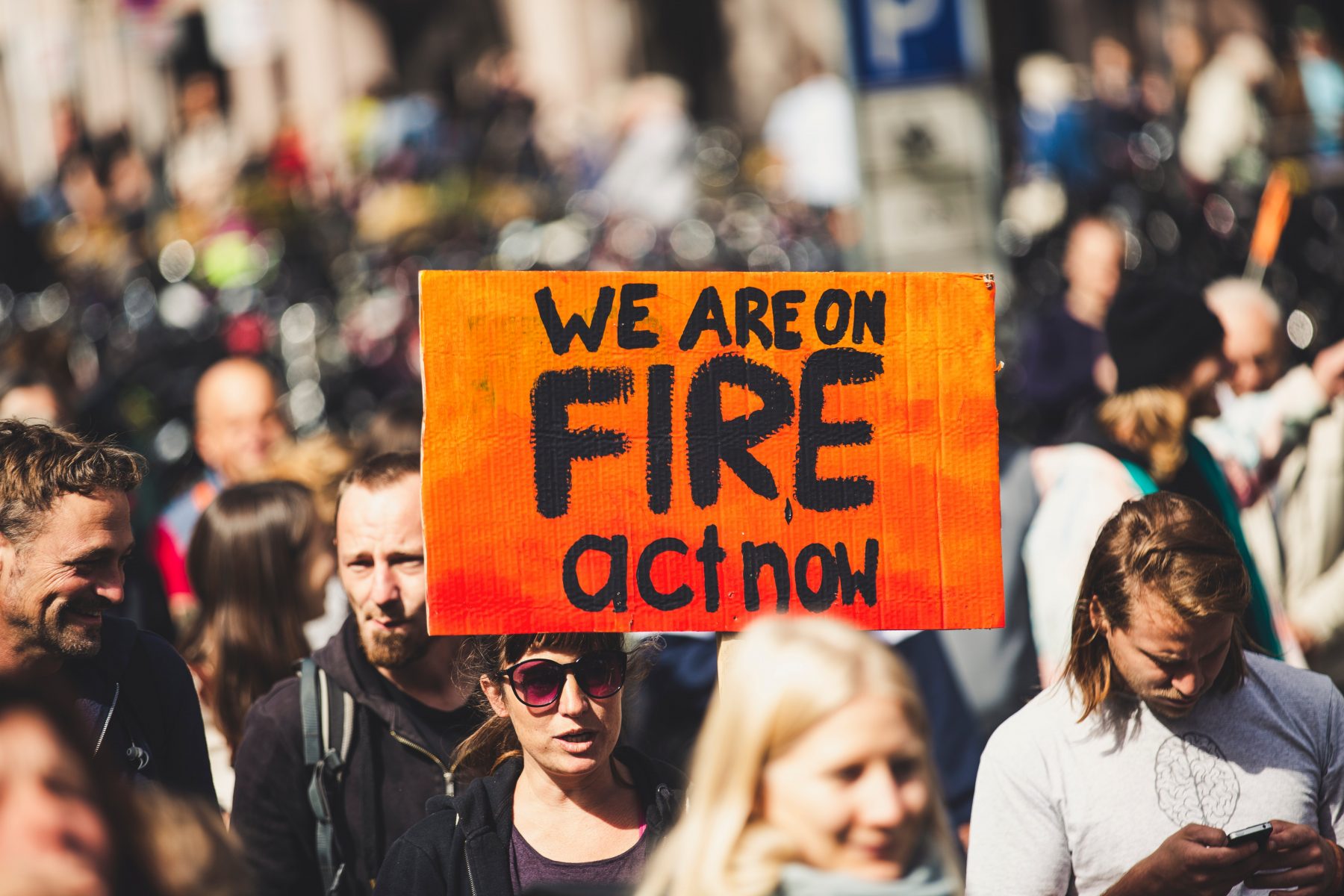Bushfires continue to persevere against rainfall in some regions, but many politicians are downplaying the climate crisis as a contributing factor. Does Australia have any hope of avoiding devastation on this scale in the future?
The recent Australian bushfires are among the worst ever recorded for this country.
With hectares upon hectares of vegetation burnt, and in many cases destroyed, and countless plants and animals perished, Australia’s environment is reeling and it’s future looking bleak.
The climate crisis is a shocking and scary reality. Yet there are still those who refuse to acknowledge factual evidence that climate change is real.

And unlike humans, climate change doesn’t discriminate.
It affects us all.
The sad loss of our furry friends
The Australian fauna population has taken a severe hit to its numbers due to the fires. The devastation to them may also have lasting effects on our environment and ecosystem.
Associate Professor Euan Ritchie, from the School of Life and Environmental Sciences and Centre for Integrative Ecology at Deakin University, has expressed deep concerns about the effects of the fires on our environment and plant and animal populations.
“The reality is, it will be many trillions plus of animals killed by these fires, because previous estimates haven’t included bats, frogs, fish, and most importantly in terms of numbers, invertebrates,” he explains.
An example of the loss that hasn’t been counted in these statistics is the aquatic life that has died: ash from the fires has now washed into waterways following the heavy rain, causing substantial fish kills and death of other species too.

A/Prof Ritchie says that, “the potential breakdown of interactions between species and ecological functions is a real concern.”
Creatures like the long-footed potoroo that dig for and spread fungi, which in turn benefit plants, have likely disappeared from the most severely burnt areas.
Species such as these can assist in regrowth and ecological recovery following bushfire, so their potential loss is a real concern.
Some animals have the ability to flee from fires, like many bird species. A/Prof Ritchie explains that, “others may take refuge in boulder piles, such as quolls, native rodents and reptiles.”
Many creatures like wombats can hide in burrows. Wombats have even been known to tolerate other animals in their burrows when seeking refuge from the devastation of fire.
“Others take refuge in unburnt areas, or in watercourses.”
“Some animals have amazing physiological responses,” A/Prof Ritchie says.
“Echidnas, for example, may bury into the soil and go to sleep to preserve energy during fire.”
What happens now?
There is always hope, despite these terrible and widespread fires, that repopulation and ecological recovery will happen.
The main concern now is what happens next?
“Invasive predators such as foxes and feral cats may find it easier to hunt and kill native wildlife that have less places to hide,” A/Prof Ritchie says.
Feral herbivores, such as some deer species and horses, may graze vegetation that’s attempting to recover post-fire, delaying or preventing recovery.

“Some areas of rainforest may never recover, as these plants and their dependent animals are typically not very resilient to fire,” A/Prof Ritchie says.
Elsewhere, other habitats may take decades to over a century to recover, including key habitat features such as logs and tree hollows that many animals need for their homes and to breed.
As well as the effects on wildlife and the vegetation, fires have released many hundreds of millions of tonnes of carbon, which will only further compound climate change.
Could this disaster have been prevented?
The devastation could have been avoided had the Australian government heeded the warnings provided to them by climate scientists, fire experts, ecologists and Aboriginal custodians of the land.
Our government could have also met with fire chiefs earlier in 2019, as per their request, to provide more crucial support for fire fighting equipment and people to allow more rapid and effective emergency response to fires.

“We need to learn from and act on this catastrophe,” A/Prof Ritchie says. “Unless we greatly change our ways, and rapidly, it’s not a matter of if but when we’ll have another fire event like this, and that’s utterly terrifying.”
Replenishment after the storm
There is some hope amongst all the gloom: that the Australian landscape can replenish in the wake of these destructive fires.
“Scientists and government agencies, such as the Department of Environment, Land, Water and Planning in Victoria, are already working hard together to launch a rapid response to help plants and animals in immediate need, aid recovery and monitor vegetation and animal population recovery,” A/Prof Ritchie says.
From this tragedy we also have some great opportunities.
We will learn a lot about how plants and animals respond to fire, on an unprecedented large scale.
A/Prof Ritchie explains that, “we also have a great opportunity to control pest animals such as red foxes, feral cats, feral deer, feral pigs and feral horses, as they’ll be easier to locate in the more open, charred landscapes.”
Climate change is associated with increasing temperatures, temperature extremes, and drought, which all make fire more likely to occur and more likely to be severe.

“Many of these fires are the result of lightning strikes. It is simply incorrect to suggest most were lit by arsonists.
“Regrettably this is a deliberate attempt by some to divert attention away from combating climate change and its link with extreme events, such as fire,” A/Prof Ritchie says.
Governments must swiftly and urgently act to combat climate change, which means setting more ambitious emissions reductions targets, honouring those targets and investing in renewable energy.
As individuals we are also responsible for this mess, and we must reflect on our lifestyle choices, our carbon footprint and the environmental impact they have.
We can help by eating much less meat, driving and flying less, avoiding disposable fashion, and recycling more.
“We also have the power to bring about change by voting for political parties that respect science and expert advice and have more environmentally and climate change-focussed policies,” A/Prof Ritchie says.



